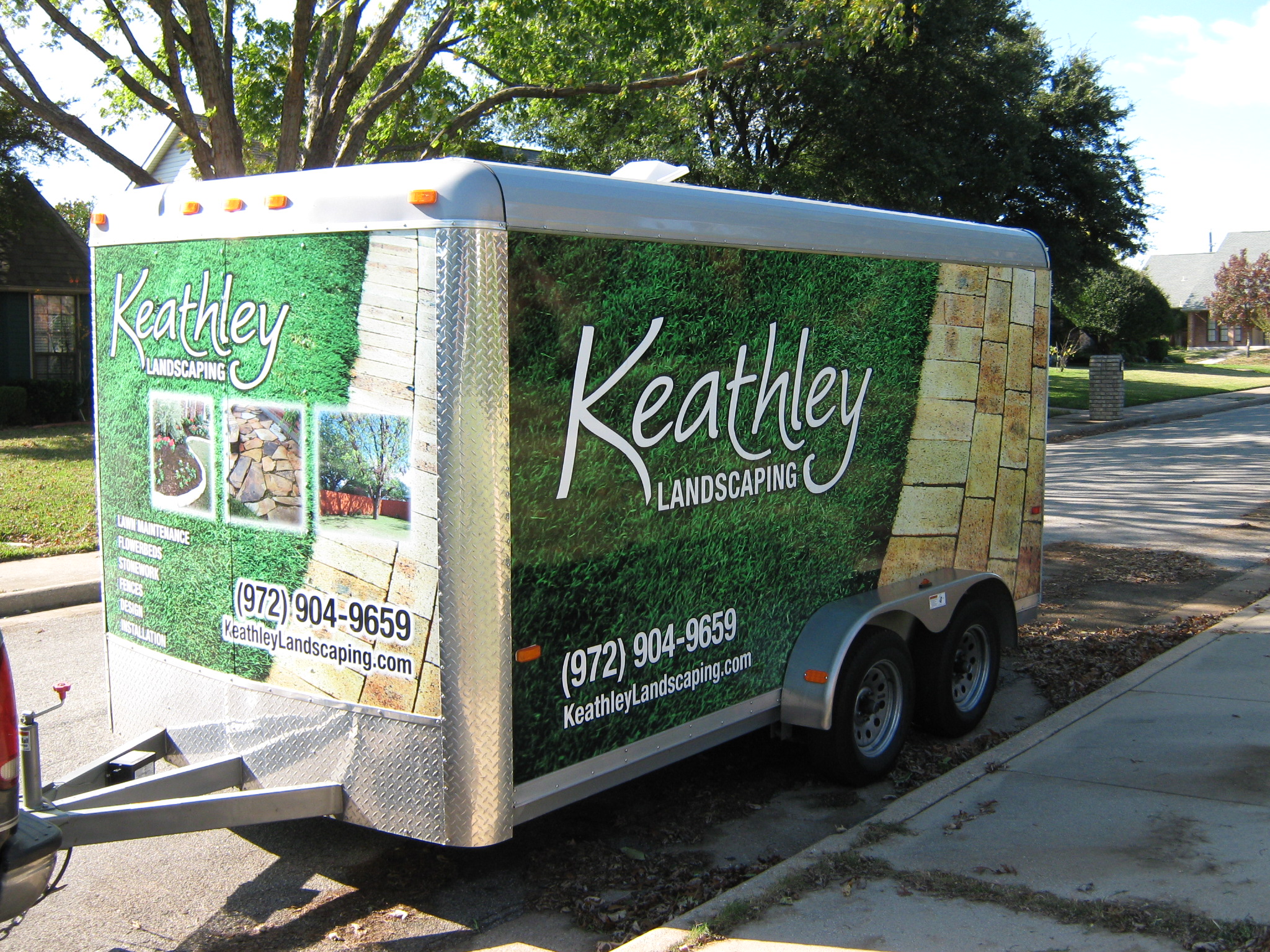French Drains: Addressing Common Installation Challenges
When it comes to tackling drainage problems in your yard, French drains are often considered a lifesaver. However, installing them can come with its own set of challenges. In this blog post, we’ll dive into the common issues you might face during installation and how to overcome them. Let’s make sure your French drain installation is a success! 🛠️
Table of Contents
1. Understanding French Drains
2. Choosing the Right Location
3. Dealing with Different Soil Types
4. Ensuring Proper Slope
5. Avoiding Common Mistakes
6. Conclusion
7. FAQ
Understanding French Drains
Before jumping into the challenges, let’s quickly recap what a French drain is. Essentially, it’s a trench filled with gravel or rock containing a perforated pipe that redirects surface water and groundwater away from a specific area. Simple, yet effective! 💧
Choosing the Right Location
One of the first hurdles is selecting the perfect spot for your French drain. This decision is crucial because the drain needs to effectively capture and divert water. Consider areas where water tends to pool or where your foundation needs protection. A little observation during a rainstorm can be incredibly revealing. 🌧️
Dealing with Different Soil Types
Soil type can significantly impact the effectiveness of your French drain. Clay soils, for instance, can be a bit stubborn due to their density and low permeability. In contrast, sandy soils drain too quickly, potentially undermining your efforts. The key is to adapt your installation technique based on the soil type—sometimes adding extra layers of gravel can help manage these challenges. 🏞️
Ensuring Proper Slope
The slope is the unsung hero of French drains. Without the right gradient, water won’t flow properly, leading to standing water and inefficient drainage. Aim for a slope of about 1 inch per 10 feet of pipe. Use a level during installation to maintain consistency. It’s a small detail but makes a big difference! 📏
Avoiding Common Mistakes
Even a well-intentioned DIY project can go awry. Common pitfalls include using the wrong type of gravel, failing to use a fabric liner, or improperly connecting the pipe. Each of these can lead to clogs or reduced efficiency. Remember, the devil is in the details, and a little extra time spent in planning can save a lot of frustration later. 🧱
Conclusion
Installing a French drain can be a rewarding project that protects your property from water damage. By understanding and addressing common installation challenges, you’re well on your way to a successful drainage solution. So grab your shovel and get ready to dig with confidence! 🏡
FAQ
Q1: How deep should a French drain be?
A French drain should generally be about 18-24 inches deep to effectively capture and redirect water.
Q2: Can I install a French drain myself?
Yes, with the right tools and guidance, a DIY installation is possible. However, for complex situations, consulting a professional might be wise.
Q3: How long does a French drain last?
With proper installation and maintenance, a French drain can last up to 30 years. Regularly check for clogs or damage to extend its lifespan.
Q4: What type of gravel is best for a French drain?
Washed gravel or crushed stone is ideal as it allows water to flow freely through the trench.
Q5: Can a French drain work in a flat yard?
Yes, but you’ll need to ensure a proper slope is created to facilitate water flow. This might require more excavation and planning.





































Recent Comments